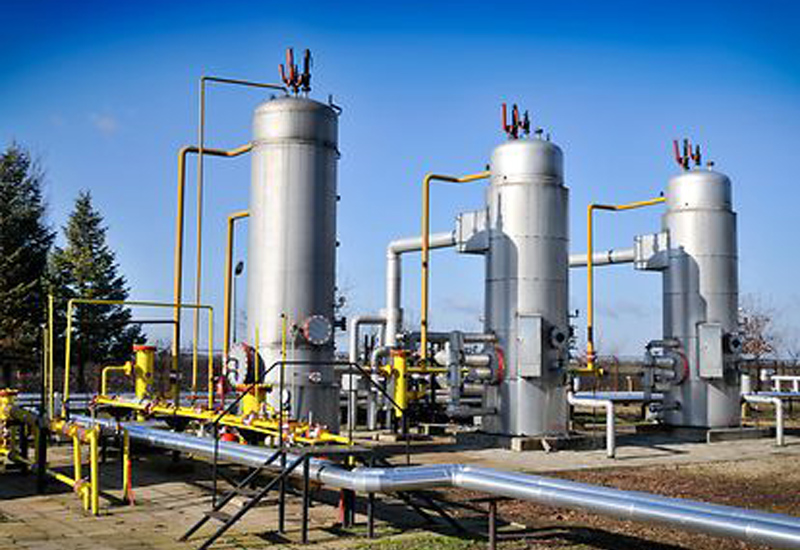Oil & Gas: Heater Operation & Data logging.
Boiler: Heating storage tanks in port terminals is one of the main applications of thermal fluid boilers. Some hydrocarbons, asphalts, bitumen and heavy fuel oil require a certain temperature to be handled properly. As these fluids are solid or semi-solid at room temperature, it is imperative to use a heating system during transportation and also inside the storage tanks.
The temperature of the oil is maintained by circulating heated oil through the storage tanks and oil is heated by heater which is controlled by PLC panel.

| Case Study | Oil & Gas |
|---|---|
| Applicable Industry | Oil & Gas |
| Use Case | Heater Operation & Data logging. |
| Interfaces | PLC, SCADA/HMI System, Sensor, field instruments with cabling |
| Customer | Leading Captive Energy Sectors |
| Data Exchanged | Data logging in Excel format |
| Technology | PLC with SCADA |
| System | PLC Automation system |
Challenges:
Solution:
We as VACPL provided efficient and end to end solution of PLC based control panel and which is helping customer in below ways. installation time is greatly reduced with PLC control systems due to the reduced amount of hard wiring required. In other words, we only need to hard wire the input and output devices. The control logic is implemented using software not hard wired relays.
Modifications to the control logic can easily be done using software to modify the ladder logic program rather than hardware and wiring modifications that would normally be the case with relay logic control. The same PLC can be used for a wide range of control system applications.
